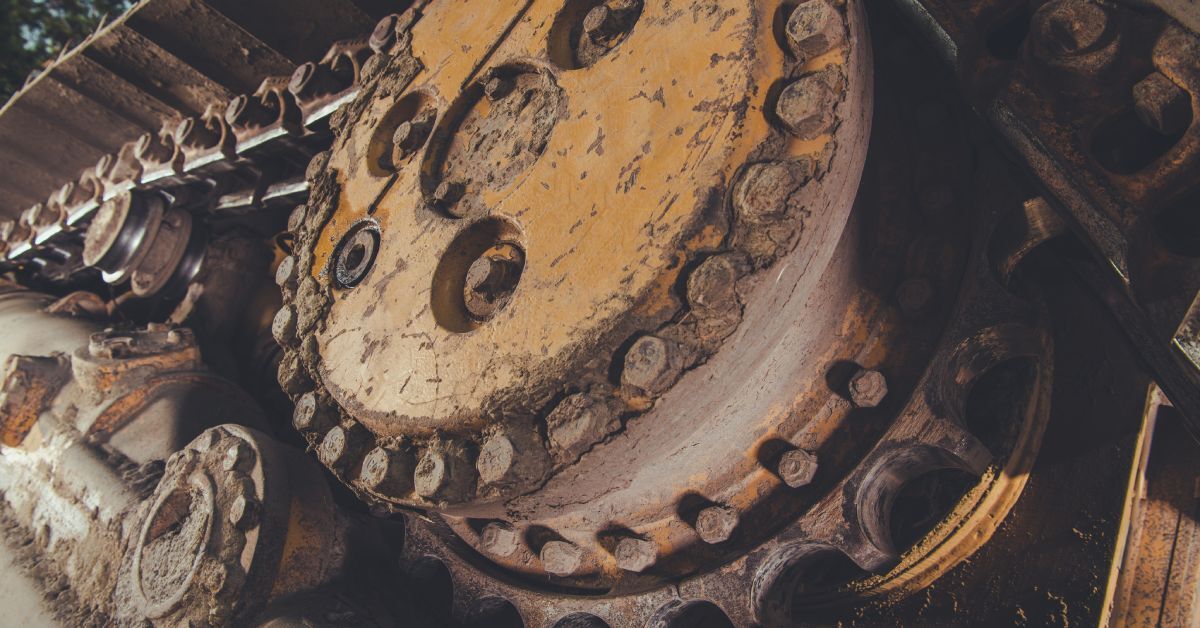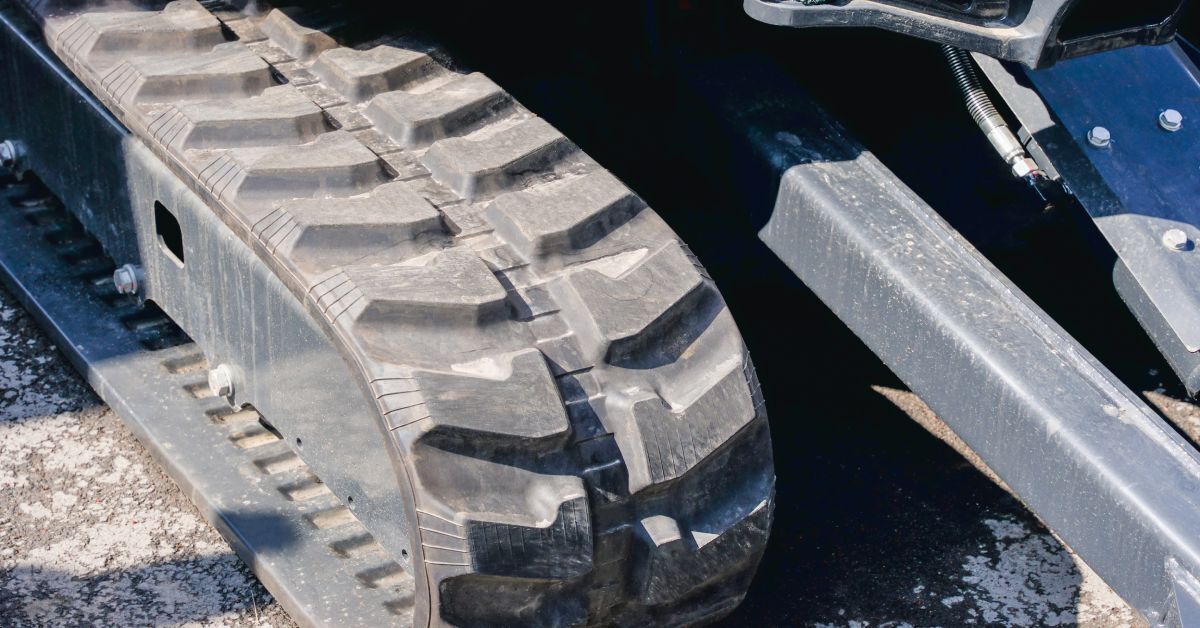How To Choose the Right Rubber Track Pattern for Your Job
Aug 19th 2025
Selecting the correct rubber track pattern can make the difference between a successful project and one hampered by expensive downtime. With numerous pattern options available, knowing which design works best for your specific application can result in the best performance, extended track life, and higher productivity.
Several key factors can help you determine how to choose the right rubber track pattern for your job. Construction work requires aggressive traction patterns, but other applications may need patterns that provide excellent flotation without damaging soil structure. Use the following guidelines to choose what aligns best with the requirements of your job.
Block patterns feature rectangular or square-shaped lugs arranged across the track surface. These patterns provide excellent traction on hard surfaces and loose materials. The deep, aggressive tread design grips effectively in dirt, gravel, and rocky terrain.
Block patterns work particularly well for excavation, demolition, and general construction work where the most grip is needed. The spacing between blocks allows debris to clear easily, preventing buildup that could reduce traction. However, block patterns can be more aggressive on finished surfaces, making them less suitable for landscaping or work around delicate areas.
Bar patterns consist of continuous rubber bars running perpendicular to the track’s direction of travel. These patterns provide smooth operation and even weight distribution, making them ideal for applications requiring little ground disturbance. Bar patterns excel in work involving soil, landscaping, and situations where preserving existing surfaces is necessary.
The continuous surface design offers excellent flotation characteristics, spreading the machine’s weight evenly across soft ground. The bar pattern reduces soil compaction and lessens damage to lawns, athletic fields, and other sensitive surfaces.
Zigzag patterns feature angled lugs that create a V-shaped or chevron design. This pattern offers a balanced combination of traction and flotation while providing directional stability. The angled design helps with self-cleaning by allowing mud and debris to shed naturally as the track rotates.
These patterns work well in mixed conditions where you need both traction and gentle ground contact. They’re particularly useful in muddy environments and on slopes where directional control is required.

Construction sites typically require increased traction and durability. Heavy equipment rubber tracks with aggressive block patterns perform best in demanding environments. The deep lugs allow for excellent grip on loose materials, rocky surfaces, and steep grades common in construction work.
Consider block patterns with reinforced lugs for extended wear life when working with abrasive materials. The spacing between blocks should accommodate the typical debris found on your jobsites while maintaining structural integrity under heavy loads.
Landscaping applications demand less ground disturbance while keeping adequate traction. Bar patterns or shallow block designs work best for protecting existing vegetation and finished surfaces. These patterns distribute weight evenly, alleviating the risk of leaving marks or causing damage to delicate areas.
For work around established landscapes, choose patterns with rounded edges and closer lug spacing. This design lessens the tearing of grass and lowers the likelihood of creating ruts in soft soil conditions.
Soft, muddy, or swampy conditions require patterns that provide the highest flotation and self-cleaning capabilities. Broad bar patterns or closely spaced block patterns work best in these environments. The increased surface area helps prevent the machine from sinking, while the pattern design allows mud and debris to clear naturally.
Look for patterns with deeper voids between lugs to accommodate the mud and organic material common in soft ground conditions. These deeper void patterns prevent packing that could reduce traction and increase track wear.
Rocky terrain, concrete, and asphalt surfaces demand durable patterns that can withstand abrasive conditions. Block patterns with reinforced lugs provide necessary durability while holding traction on hard surfaces. The aggressive tread design grips effectively on loose rock and provides stability on uneven terrain.
Consider the hardness of the rubber compound along with pattern selection for hard surface work. More complex compounds resist wear but may provide less traction on smooth surfaces.

The relationship between track width and pattern design affects the tracks’ overall performance characteristics. Wider tracks with appropriate patterns provide better flotation and stability but may sacrifice some maneuverability.
Narrower tracks offer increased ground pressure and better traction in firm conditions but may struggle in soft terrain. Work involved in soil upkeep often benefits from wider tracks with bar patterns, while construction work may require narrower tracks with aggressive block patterns for better ground penetration and traction. Consider your typical working conditions when balancing width and pattern selection.
Weather conditions greatly influence pattern performance. Cold weather can stiffen rubber compounds, affecting traction and flexibility. Hot conditions may soften tracks, increasing wear rates and reducing pattern definition.
Consider seasonal variations in your work schedule when selecting track patterns. Spring construction work in muddy conditions requires different patterns than summer work on dry, hard ground. Some operators maintain different sets of tracks for seasonal applications.
Different patterns handle weight differently. Block patterns typically provide better load distribution across individual lugs, making them suitable for heavy-duty applications. Bar patterns spread loads more evenly but may have lower individual lug strength.
Match your equipment’s operating weight and typical load conditions to appropriate pattern designs. Avoid overloading tracks beyond their design capacity, as this leads to premature wear regardless of pattern selection.
The right rubber track pattern for your job depends on your primary working conditions, secondary applications, and equipment specifications. Consult with the parts specialists at Tractor Zone who can provide guidance based on your particular machine model and typical applications.
Tractor Zone has an extensive inventory of heavy equipment parts and rubber tracks with various pattern options for most major equipment brands. Our team’s expertise can help match your specific requirements to appropriate pattern designs, guaranteeing peak performance and value. With proper parts selection and upkeep, your heavy machinery will consistently deliver the best results.